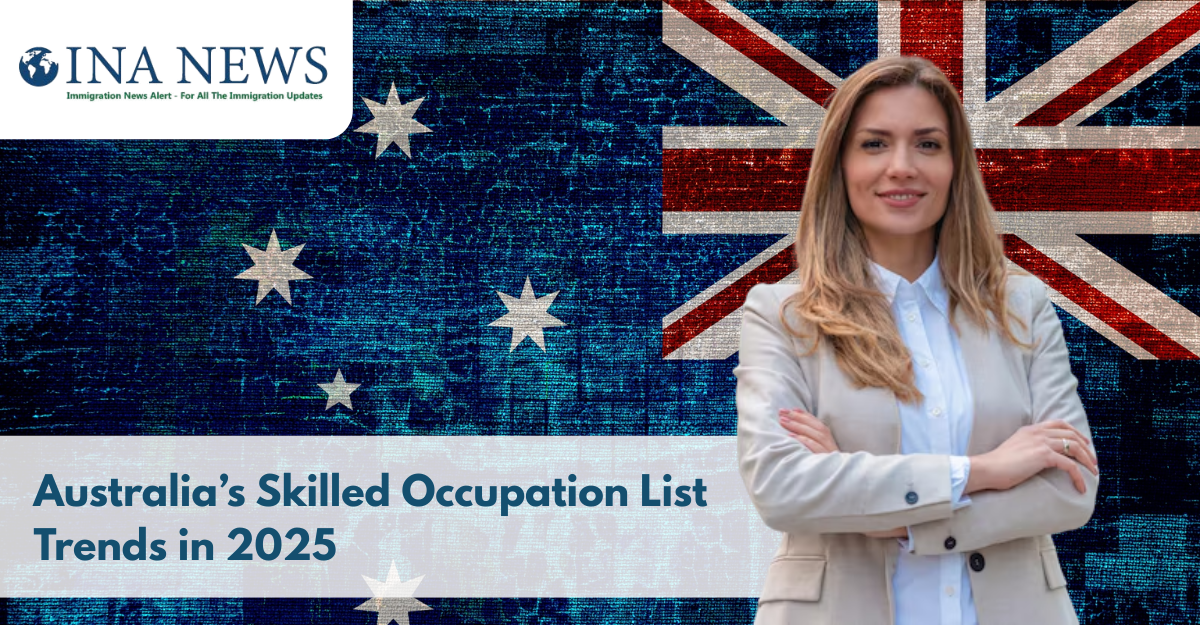Australia’s skilled migration system entered a transformative phase in 2025, with updated occupation lists, rising income thresholds, and new visa streams shaping how international professionals enter and settle in the country. Central to these changes is the Core Skills Occupation List (CSOL), a major shift that directly impacts eligibility for work visas and permanent residency.
Introduction of the Core Skills Occupation List (CSOL)
On December 7, 2024, the Australian government officially launched the Core Skills Occupation List (CSOL), replacing the previous occupation framework for skilled migration. Designed to reflect real-time labour market needs, the CSOL highlights approximately 456 occupations in high-demand sectors such as:
- Cybersecurity and IT
- Healthcare and aged care
- Engineering (civil, mechanical, electrical)
- Green energy and infrastructure
The CSOL is now integral to the newly introduced Skills in Demand visa, which classifies migrants into targeted streams based on sector, experience, and salary level.
Breakdown of the New Skills in Demand Visa Streams
The Skills in Demand visa, which replaces the former Subclass 482 visa, is now divided into three distinct pathways:
- Specialist Skills Stream: Requires a minimum salary of AUD 135,000 and is focused on elite-level professionals in tech, engineering, and science.
- Core Skills Stream: Covers mid-range, essential occupations aligned with CSOL. Salary must meet or exceed the Temporary Skilled Migration Income Threshold (TSMIT) of AUD 73,150.
- Essential Skills Stream: Still under development, this stream is expected to address labour shortages in lower-income but high-need sectors such as aged care and hospitality.
These categories are designed to streamline permanent residency routes and ensure Australia attracts professionals who meet current market demands.
Income Thresholds to Rise Again in July 2025
As part of its economic alignment strategy, Australia raised the TSMIT to AUD 73,150 in July 2024, and another 4.6% increase is expected in July 2025. This indexation ensures migrant salaries match domestic wage growth, discouraging wage undercutting and exploitation.
While this change benefits skilled workers with strong credentials, it also means stricter entry criteria, particularly for applicants in lower-paying sectors.
Evolving Points-Based Visa System
Australia’s points-based visa categories—including Subclass 189 (Independent Skilled), 190 (State Nominated), and 491 (Regional Sponsored)—are under review to favour:
- Highly skilled professionals
- Applicants with STEM qualifications
- Individuals with Australian work or study experience
The system is shifting toward quality over quantity, making it more competitive but also more rewarding for eligible candidates.
Concerns from the Trades Sector
Despite the expansion of skilled roles under CSOL, trade associations have expressed concerns over missing occupations, particularly in construction and logistics (e.g., crane operators, excavator drivers). After criticism, the government reinstated some roles, but debate remains over the shrinking representation of traditional trade jobs in mainstream visa routes.
State Nomination Programs: A Mixed Landscape
State and territory governments are adjusting their occupation lists and nomination priorities:
- Queensland closed its Skilled Nomination program in May 2025 after targeted invitations. A relaunch is expected later in the year.
- NSW, SA, and WA: Actively updating their lists, giving preference to healthcare, education, and ICT professionals.
- Regional states: Continue offering opportunities through the 491 Regional Visa, especially for those willing to work outside major cities.
Monitoring state nomination timelines and occupation updates is now essential for migration planning.
What Migrants Should Keep in Mind in 2025
- Tech, healthcare, and engineering lead demand under CSOL.
- Specialist Skills Stream with high salaries offers the fastest path to PR.
- Rising TSMIT creates better wage protection, but raises entry barriers.
- Trade workers may need to explore regional or niche state programs.
- State nomination rules differ—staying informed gives a clear advantage.
Australia’s 2025 immigration reforms reflect a more merit-based and workforce-driven model. While high-skilled professionals have clearer pathways, aspiring migrants, especially those in trades, must remain flexible, strategic, and well-informed to navigate the evolving landscape.






